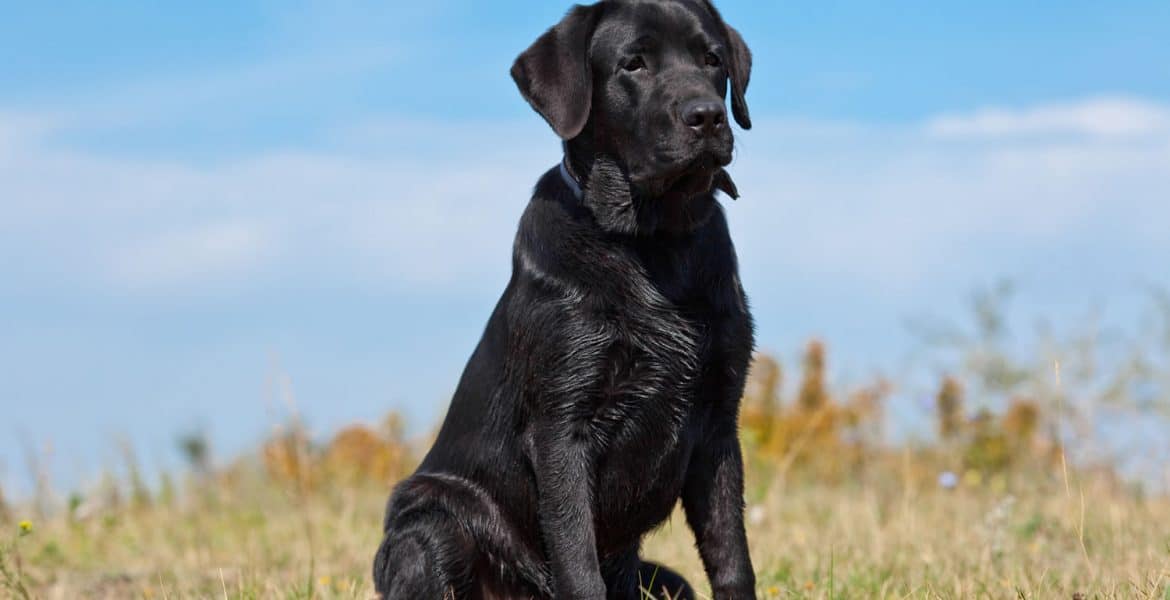 The Labrador Retriever hails from the island of Newfoundland in Canada, where small water dogs known as St. John’s Dogs were used to retrieve fowl and fish, and pull boats. Fishermen brought this loyal and hardworking breed to Britain in the early 19th century, where Lord Malmsbury famously took to it for its hunting skills, imported several more and began calling them Labradors, after the Canadian area of their origin and to distinguish them from the larger Newfoundland breed. After some time these retrievers were cross-bred to other retrievers, developing the breed we know today.
The Labrador Retriever hails from the island of Newfoundland in Canada, where small water dogs known as St. John’s Dogs were used to retrieve fowl and fish, and pull boats. Fishermen brought this loyal and hardworking breed to Britain in the early 19th century, where Lord Malmsbury famously took to it for its hunting skills, imported several more and began calling them Labradors, after the Canadian area of their origin and to distinguish them from the larger Newfoundland breed. After some time these retrievers were cross-bred to other retrievers, developing the breed we know today.
Labs are strongly built, medium-sized dogs that stand between 54 to 62 centimetres tall and weigh between 25 and 36 kilograms. They have broad heads and friendly eyes, with a wide muzzle and powerful neck. The tail is otterlike and unfeathered and the paws are webbed for swimming. Two types of Labs, the English Labrador and the American Labrador, are known today. The English Lab is heavier and stockier, while the American Labs are taller and lankier. Labs have a short, water-resistant double coat that can be black, yellow or chocolate in colour. The average lifespan of the Labrador is 11 to 14 years.
Grooming Labradors is both easy and important to ward off infection, especially for dogs that spend a lot of time outside or in the water. They shed a lot during spring and autumn so daily brushing is recommended. They are vigorous, energetic dogs but they’re also prone to weight gain and boredom, so they need both exercise and occupation. In addition to daily walks, play sessions and obedience training can make Labs wonderful, alert and loyal pets that can perform all kinds of functions for their owner. They are agile and do well in canine activities such as fly ball, tests and trials, tracking, therapy dog work and search-and-rescue work. Swimming is also a great way to help them work off excess energy.
It is important to socialize and train Labradors to teach them social manners and the rules of the household. They are easy to train but hard to keep challenged, so it’s a good idea to teach them advanced tricks and obedience commands to keep their minds busy. Lab puppies are full of energy and need to be supervised with young children; for older children, Labradors can make great playmates.
Health problems in Labradors include hip and elbow dysplasia, knee problems, eye disorders and allergies.



You have made your blog actually useful and interesting also. A whole lot of individuals are struggling with this.